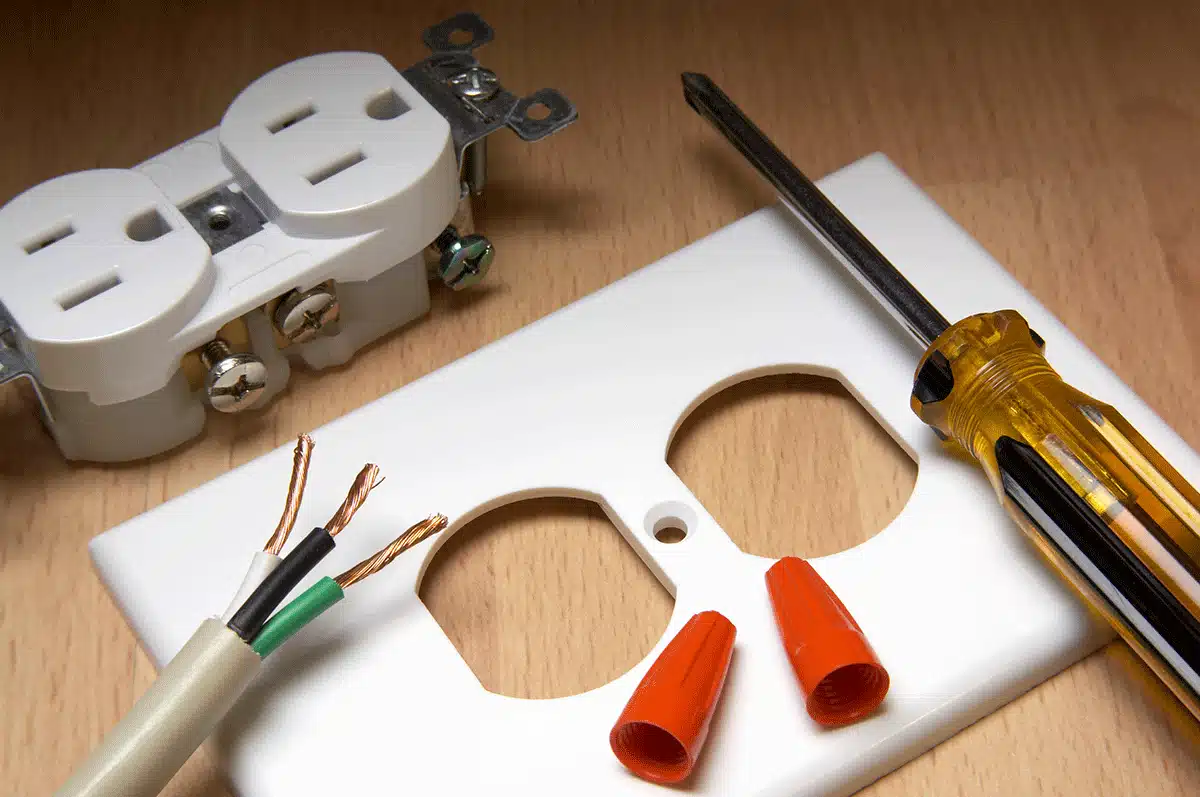
Quality, Care & Vision
Electrical Safety Tips
Understanding what’s involved in your home’s electrical system is the first step in protecting your home from potential electrical problems. But there are other steps homeowners can take to further ensure the safety of their families and homes. Here are some electrical safety tips that every homeowner should know:
Follow These Steps
Safety Tips
They responded quickly to our request for information about a generator. Jim Shumake met with us. The price was very affordable. On the day of the install, the crew arrived on time. They were polite and professional! They completed the install within one day. The power has gone out several times since it was installed. We go to bed with peace of mind now. We would highly recommend Shumake Electric to all our friends and family!
Never cover up extension cords with furniture, floor coverings or window treatments. Extension cords are rated for use in free air. Avoid overloading extension cords. Just because there are six receptacles doesn’t mean you should plug something into every one. Extension cords are rated for a specific number of watts. Make sure the items plugged into the cord do not exceed this rating. A last note on extension cords: They are meant to be a temporary—not permanent—solution for wiring. Do not use them on a continual basis.
Flickering lights, outlets that work sporadically, circuit breakers that frequently trip, loose wall outlets, bulbs that blow out frequently—all of these are indications of minor electrical problems. If these problems are not monitored and rectified, they can lead to bigger dangers. They also may be indications of more serious electrical mishaps, such as improper wiring or poor grounding.
In addition to these visual signs, be alert for the smell of burning rubber or plastic, the feel of heat coming from electrical components, or the sound of sizzling or humming coming from electrical components. These, too, are indications that something is amiss with your electrical system.
Know the location of the breaker panel and the main shut-off to the electrical system. Labeling in the control panel should identify each circuit breaker’s circuit. The main shut-off may be located outside at the meter. If something is amiss with the system, everything can be shut down here. Panels need to be accessible.


